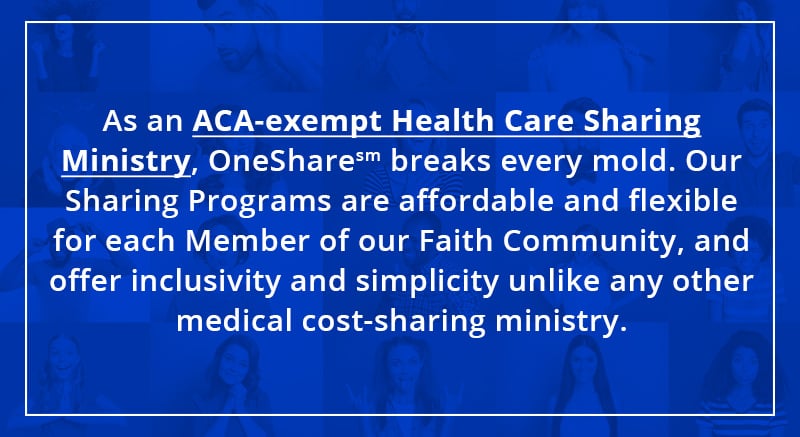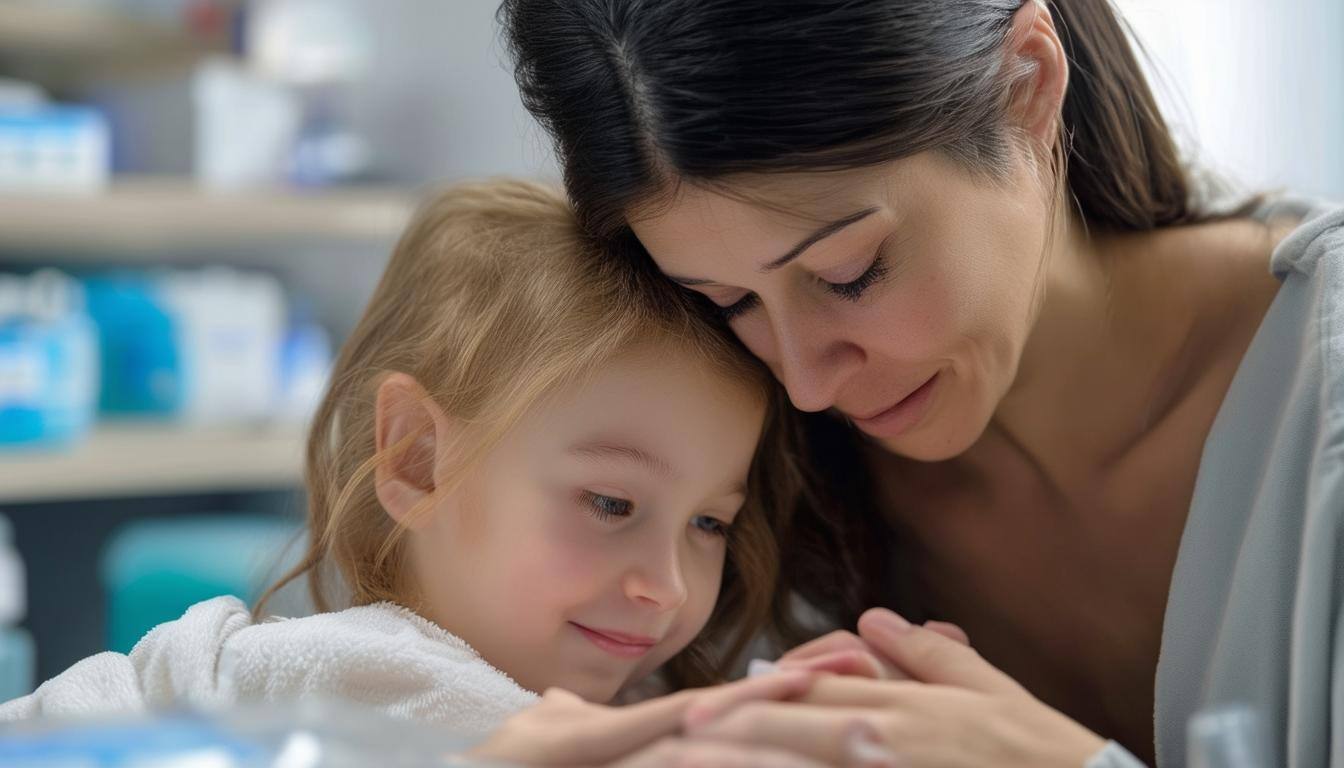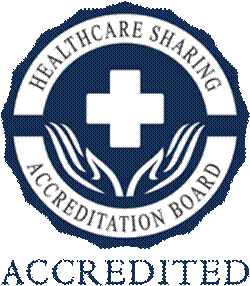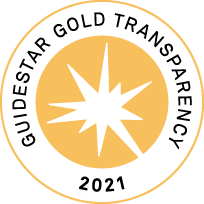A choking child is every parent’s worst nightmare. Acting quickly and confidently can save their life, but do you know what to do in the moment? Whether it's a piece of food or a small toy, knowing the steps to take when a child is choking is critical.
Recognizing the Signs of Choking
Before taking action, it’s important to recognize when a child is truly choking. Look for these common signs:
- Unable to Breathe or Speak: The child may clutch their throat, struggle to breathe, or be unable to speak.
- Coughing or Gagging: A forceful cough may indicate a partial blockage. A weak cough or no cough at all is a serious sign of full blockage.
- Turning Blue: The skin around the lips may turn bluish due to lack of oxygen.
- Panicked or Distressed Behavior: In extreme cases, the child may look wide-eyed and panicked or be completely unresponsive.
Steps to Take if Your Child is Choking
If your child is choking and unable to breathe, follow these steps:
-
Stay Calm: Your reaction will influence your child’s. Take a deep breath and act quickly but confidently.
-
Encourage Coughing: If the child is still coughing, encourage them to continue. This is their body’s natural way of trying to clear the obstruction.
-
Perform Back Blows: If the child cannot clear the blockage, bend them forward and give five firm back blows between the shoulder blades using the heel of your hand.
-
Perform Abdominal Thrusts (Heimlich Maneuver): If back blows don’t work, perform abdominal thrusts by standing behind the child, placing a fist just above their belly button, and pulling in and up sharply. Repeat up to five times.
-
Alternate Between Back Blows and Thrusts: Continue alternating between five back blows and five abdominal thrusts until the object is dislodged or emergency help arrives.
-
Call 911: If the object is not dislodged quickly, call 911 immediately and continue performing first aid until help arrives.
When to Seek Medical Attention
Even if the choking object is dislodged, it’s a good idea to get medical attention afterward. A piece of the object could still be in the airway, or there could be damage from the choking event. Always consult a healthcare professional after a serious choking incident.

Preventing Future Choking Incidents
Prevention is key to avoiding the panic of a choking child. Here are a few tips to reduce the risk:
- Cut Food into Small Pieces: Make sure food is cut into small, manageable bites.
- Avoid Dangerous Foods: Be cautious with high-risk foods like whole grapes, hot dogs, and hard candy.
- Supervise Mealtime: Always watch children during meals and encourage them to sit while eating.
- Keep Small Objects Out of Reach: Toys and household items that can fit into a child’s mouth should be kept out of reach.
Find Peace of Mind and Protection with the OneShare Health Community
Are you looking for affordable health care options for your family? Protect your family with the support of a community that shares your values. By becoming a OneShare Health Member, you gain access to affordable Health Care Sharing Programs that can help with eligible medical expenses, including catastrophic events like the above. With flexible and affordable monthly contributions, OneShare Health provides a cost-effective way to ensure your family is cared for.
Join OneShare Health today and experience the peace of mind that comes from being part of a supportive Healthcare Sharing Ministry.










